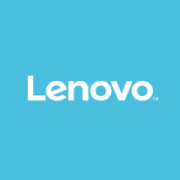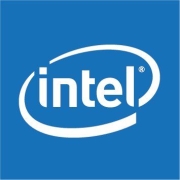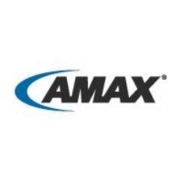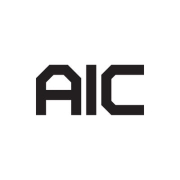Rack Servers are essential for businesses looking to optimize their data center operations while reducing physical space requirements.
Offering flexibility, scalability, and efficient cooling, Rack Servers are ideal for growing data needs. These servers provide high performance and reliability, making them a popular choice for enterprises. Compatibility with various configurations and ease of maintenance are significant advantages for IT departments.
What are the critical features to consider?
What benefits and ROI should users expect?
Rack Servers are widely implemented in industries like finance, healthcare, and technology. They support a range of applications from high-frequency trading to patient record management and software development environments.
This category helps organizations maintain an efficient, scalable, and secure IT infrastructure, which is crucial for handling large volumes of data and complex applications.






























You can often find rack servers in data centers because of the scalability they provide. Assembling the servers on racks also maximizes air flow and simplifies maintenance and diagnostics. If there is a problem, you can just slide the server out of the rack.
A type of rack server called a rugged rack server is often used in military and industrial applications. These servers are certified to military standards and stress-tested to work under extreme heat or cold, impact, high humidity, or vibration during transport.
One of the characteristics of rack servers is their convenience. IT personnel can slide them in and out of the server bay with ease. This feature enables technicians to swap parts if needed without the need for downtime.
The resources, services, and performance of the server will depend on the needs of a program or application that works on the server. Different use cases require unique server configurations and resources. For instance, a server installed in a remote military installation will require mobility, which a server installed in a commercial warehouse will not.
The number of servers a bay can hold will depend on the depth of the rack and its width. Most rack servers’ width is 19 inches, to fit a standard 19-inch server rack configuration.
Industry racks come in 19-inch, 23-inch and 24-inch widths. The height of the server bays is measured in rack units. A rack unit is 1.75 inches, and the most common rack heights are 42 and 44 units. Since this is equivalent to 77 inches of usable space, it allows you to stack a lot of servers.
Blade servers are the smallest in terms of size. They consist of a thin, lightweight, modular computer that can be positioned upright without taking much space. They often sit inside racks in what is called “blade enclosures” or systems. Blade servers are smaller and more mobile than rack servers.
Blade servers are, like rack servers, slideable and can be swapped hot. As such, they can be easily scaled and upgraded. They also consume less power than tower and rack mount servers. The downside of blade servers is that they are limited in their expandability because of their small size.
As a general rule, servers are more expensive than consumer-grade computers. They are designed, built, and tested to a stricter standard, thus vendors can charge more. A rack server can go from $400 and upwards, depending on the chassis. A mobile chassis, like the ones used for military operations, can be $1000 or more.
Rack servers offer much greater storage capacity than blade servers but still in a small, stackable size. Their convenience makes them more in demand, hence they cost more.
Rack Servers are standalone units mounted in a rack, offering scalability and ease of maintenance. Blade servers, on the other hand, are housed within a chassis which shares components like power and networking. If you prioritize space efficiency and less cabling, blade servers may be suitable. However, Rack Servers provide flexibility as each server operates independently, facilitating easy upgrades or replacements, perfect for businesses needing customizable solutions.
What are the key considerations when designing a Rack Server setup?When designing a Rack Server setup, consider space, power requirements, cooling solutions, and accessibility. Ensure adequate space for expansion and cable management. Power requirements demand redundant sources for reliability. Cooling solutions, such as airflow management, are crucial for preventing overheating. Accessibility influences maintenance efficiency; plan for components that require frequent attention.
How does virtualization enhance Rack Server performance?Virtualization allows multiple applications and operating systems to run on a single physical server, maximizing resource use. This enhances Rack Server performance by reducing hardware costs, improving efficiency, and enabling quicker deployment of new applications. Virtualization also simplifies disaster recovery and enhances server management flexibility, allowing better resource allocation under varying workloads.
What security measures should be implemented for Rack Servers?Implement physical and digital security measures. Physically, ensure racks are secured in a controlled environment with limited access. Use lockable cabinets and access logs. Digitally, embrace firewalls, intrusion detection systems, and regular security audits. Enforce strong authentication protocols and regular updates to protect against vulnerabilities, ensuring your data remains secure.
How can you optimize cooling in a Rack Server environment?To optimize cooling, arrange racks in hot aisle/cold aisle configurations, separating intake and exhaust airflows. Utilize blanking panels to prevent recirculation of hot air. Monitor temperature and airflow using sensors for adjustments. High-efficiency cooling equipment, such as in-row cooling units or air economizers, can provide targeted cooling to high-density areas, improving efficiency and reducing energy costs.